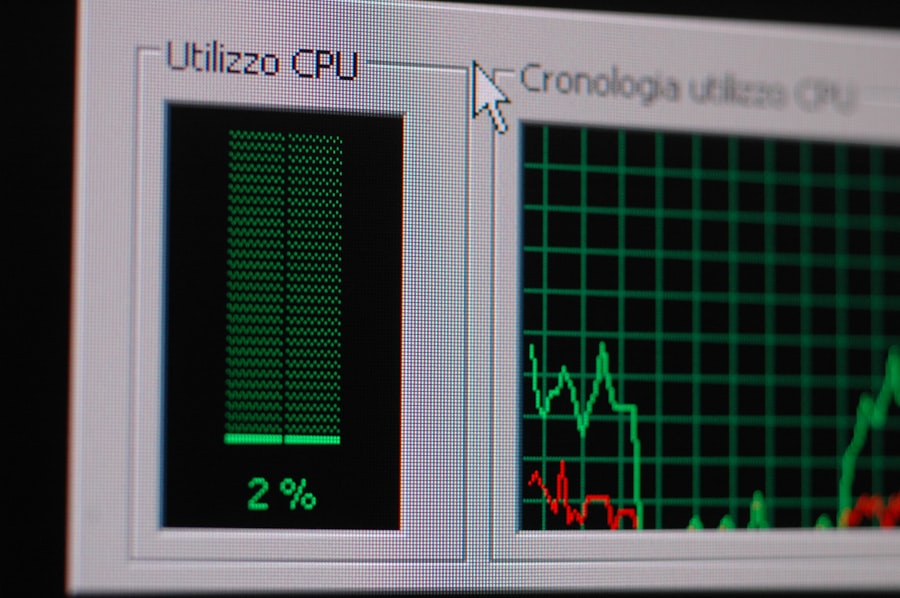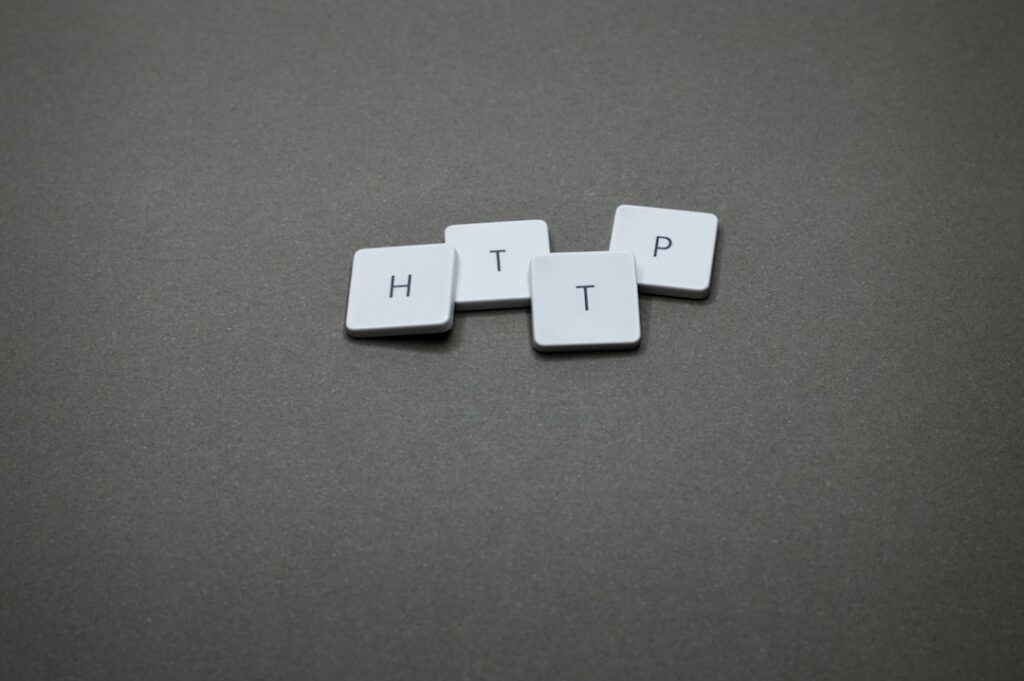High CPU usage is a common issue that can significantly impact the performance of a computer or server. As I delve into this topic, I realize that understanding the underlying causes of high CPU usage is crucial for effective troubleshooting and resolution. The Central Processing Unit (CPU) is the brain of the computer, responsible for executing instructions and processing data.
When the CPU is overworked, it can lead to sluggish performance, application crashes, and even system failures. In my experience, high CPU usage can stem from various factors, including software bugs, inefficient algorithms, or even hardware limitations. For instance, a poorly optimized application may consume excessive CPU resources, leading to a bottleneck in performance.
Additionally, background processes and services can contribute to high CPU usage without the user’s knowledge. Recognizing these factors is the first step in addressing the issue and ensuring that the system operates smoothly.
Key Takeaways
- High CPU usage can lead to performance issues and slow response times for server and applications.
- Monitoring CPU usage is essential for identifying spikes and trends in resource utilization.
- Identifying processes causing high CPU usage can help in troubleshooting and resolving performance issues.
- Optimizing server configuration, such as adjusting hardware resources and system settings, can help in reducing CPU usage.
- Updating software and drivers can address vulnerabilities and bugs that may contribute to high CPU usage.
Monitoring CPU Usage
To effectively manage high CPU usage, I find that monitoring is essential. There are numerous tools available that allow me to keep an eye on CPU performance in real-time. For instance, built-in system monitors in operating systems provide insights into CPU load, usage patterns, and process activity.
By regularly checking these metrics, I can identify trends and anomalies that may indicate underlying problems. Moreover, I often utilize third-party monitoring tools that offer more advanced features, such as historical data analysis and alerts for unusual spikes in CPU usage. These tools help me to not only track current performance but also to analyze past behavior, which can be invaluable in diagnosing recurring issues.
By establishing a baseline of normal CPU activity, I can quickly spot deviations that may require further investigation.
Identifying Processes Causing High CPU Usage

Once I have established a monitoring routine, the next step is identifying which processes are responsible for high CPU usage. This can often be done through task management tools that display active processes along with their resource consumption. By sorting processes by CPU usage, I can pinpoint the culprits that are hogging resources.
In my experience, it’s not uncommon to find that certain applications or services are misbehaving or consuming more resources than they should. Sometimes, it’s a matter of a single application running amok due to a bug or a memory leak. Other times, it may be multiple processes working in tandem to create a perfect storm of high CPU usage.
By isolating these processes, I can take targeted action to mitigate their impact on overall system performance.
Optimizing Server Configuration
After identifying the processes causing high CPU usage, I often turn my attention to optimizing server configuration. This involves adjusting settings and parameters to ensure that the server operates efficiently under load. For instance, I might tweak resource allocation settings or adjust the number of concurrent connections allowed by the server.
Additionally, I find that optimizing server configurations can involve fine-tuning application settings as well. Many applications come with default settings that may not be ideal for every environment. By customizing these settings based on my specific use case and workload, I can often achieve significant improvements in performance and reduce CPU strain.
Updating Software and Drivers
Keeping software and drivers up to date is another critical aspect of managing high CPU usage. Outdated software can lead to inefficiencies and bugs that contribute to excessive resource consumption. In my routine maintenance checks, I make it a point to regularly update operating systems, applications, and drivers to ensure they are running the latest versions.
Updates often come with performance enhancements and bug fixes that can alleviate high CPU usage issues. For example, a new version of an application may include optimizations that reduce its resource footprint. By staying proactive about updates, I not only improve system performance but also enhance security by patching vulnerabilities that could be exploited by malicious actors.
Implementing Load Balancing

In environments where high traffic is common, implementing load balancing can be an effective strategy for managing CPU usage. Load balancing distributes incoming network traffic across multiple servers or resources, preventing any single server from becoming overwhelmed. In my experience, this approach not only improves performance but also enhances reliability by providing redundancy.
When I set up load balancing, I often consider various algorithms for distributing traffic, such as round-robin or least connections. Each method has its advantages depending on the specific workload and application requirements. By effectively balancing the load across multiple servers, I can ensure that no single server bears the brunt of resource demands, thereby reducing the likelihood of high CPU usage.
Utilizing Caching and Content Delivery Networks
Another strategy I frequently employ to combat high CPU usage is utilizing caching mechanisms and Content Delivery Networks (CDNs). Caching allows frequently accessed data to be stored temporarily so that it can be retrieved quickly without requiring repeated processing by the server. This not only speeds up response times but also reduces the load on the CPU.
CDNs take this concept further by distributing content across multiple geographically dispersed servers. When users request content, it is served from the nearest CDN node rather than the origin server. This reduces latency and minimizes the processing burden on the main server, which can significantly lower CPU usage during peak traffic periods.
In my experience, implementing caching strategies and leveraging CDNs has led to noticeable improvements in both performance and resource management.
Seeking Professional Support
Despite my best efforts at monitoring and optimizing systems for high CPU usage, there are times when seeking professional support becomes necessary. Complex issues may arise that require specialized knowledge or tools beyond my current capabilities. In such cases, I find it beneficial to consult with IT professionals or managed service providers who have extensive experience in diagnosing and resolving performance issues.
Professional support can provide valuable insights into underlying problems that may not be immediately apparent through standard monitoring tools. Additionally, experts often have access to advanced diagnostic tools and methodologies that can expedite the troubleshooting process. By collaborating with professionals, I can ensure that my systems are not only optimized for current demands but also prepared for future growth and challenges.
In conclusion, managing high CPU usage is a multifaceted challenge that requires a comprehensive approach. From understanding the causes of high CPU usage to implementing effective monitoring strategies and optimizing configurations, each step plays a vital role in maintaining system performance. By staying proactive about updates and considering advanced solutions like load balancing and caching, I can significantly reduce the risk of high CPU usage impacting my operations.
And when challenges arise that exceed my expertise, seeking professional support ensures that I have the resources needed to keep my systems running smoothly.
When dealing with high CPU usage on a dedicated server, it’s crucial to explore various optimization techniques and tools that can help manage server resources more efficiently. One related article that might be of interest is about sending emails using CyberPanel, which can be found here. This article provides insights into configuring email services on a server, which can sometimes contribute to CPU load if not properly managed. Understanding how to optimize such services can be a valuable part of troubleshooting and reducing overall CPU usage.
FAQs
What is high CPU usage on a dedicated server?
High CPU usage on a dedicated server occurs when the processor is being heavily utilized, which can lead to slow performance and unresponsiveness of the server.
What are the common causes of high CPU usage on a dedicated server?
Common causes of high CPU usage on a dedicated server include inefficient or resource-intensive applications, malware or viruses, high traffic volume, and inadequate server resources.
How can I troubleshoot high CPU usage on a dedicated server?
To troubleshoot high CPU usage on a dedicated server, you can start by identifying the processes or applications consuming the most CPU resources using system monitoring tools. You can then optimize or terminate these processes, check for malware or viruses, optimize server configurations, and consider upgrading hardware if necessary.
What are some best practices to prevent high CPU usage on a dedicated server?
To prevent high CPU usage on a dedicated server, it is important to regularly monitor server performance, optimize applications and processes, implement security measures to prevent malware and viruses, and ensure that the server hardware meets the demands of the workload.
When should I consider seeking professional help for high CPU usage on a dedicated server?
If you have tried troubleshooting high CPU usage on a dedicated server and are still experiencing performance issues, it may be necessary to seek professional help from a server administrator or IT support team. They can provide expertise in diagnosing and resolving complex server performance issues.
